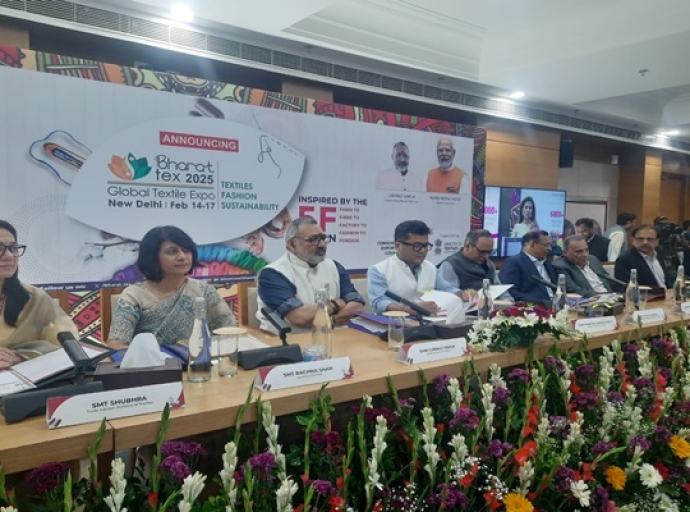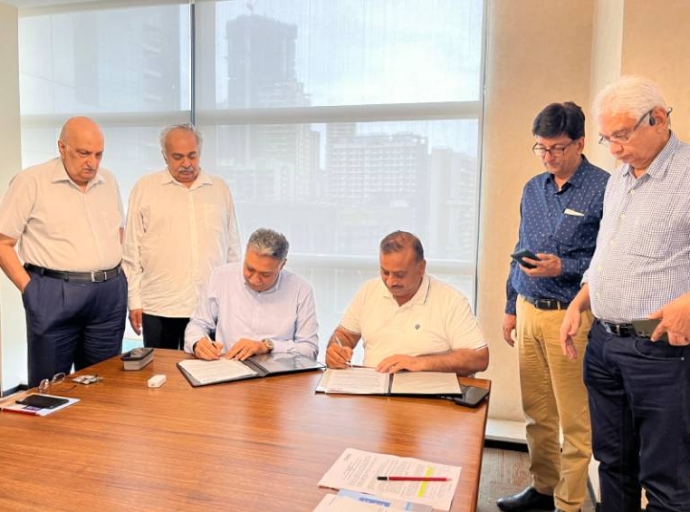06 September 2024, Mumbai
Bharat Tex 2025 is poised to redefine the Indian textile industry, offering a unique blend of trade, innovation, and fashion. Scheduled for February 14-17, 2025, this event promises to be a global hub for textile manufacturers, suppliers, and retailers.
A ‘Fashion-Forward’ focus
One of the most exciting aspects of Bharat Tex 2025 is its emphasis on fashion. The dedicated ‘Fashion Zone’ will showcase the latest trends, designs, and sustainable practices in the Indian fashion industry. Visitors can expect to see designer collections, brand showcases, and informative workshops led by industry experts.
Sustainability at the forefront
As the world becomes increasingly conscious of environmental impact, Bharat Tex 2025 is committed to promoting sustainable textile practices. From eco-friendly materials to ethical production methods, the event will highlight the latest innovations sustainably.
A global marketplace
Beyond fashion, Bharat Tex 2025 offers a comprehensive platform for the entire textile value chain. With over 5,000 exhibitors and 6,000+ international buyers, the event is a prime destination for sourcing textiles, machinery, and accessories.
Key highlights:
Global Trade Fair: Explore the latest products and technologies from around the world.
Textiles Conference: Gain insights from industry leaders on emerging trends and challenges.
Fashion Zone: Discover the latest in Indian fashion design and sustainability.
High Street Retail Zone: Connect with fashion retailers and explore opportunities in India's growing market.
B2B and G2G Meetings: Network with potential partners and clients.
Bharat Tex 2025 is more than just a trade show; it's a celebration of the Indian textile industry's rich heritage and bright future. With its focus on fashion, sustainability, and innovation, the event is set to become a must-attend for anyone involved in the textile and fashion sectors.




































